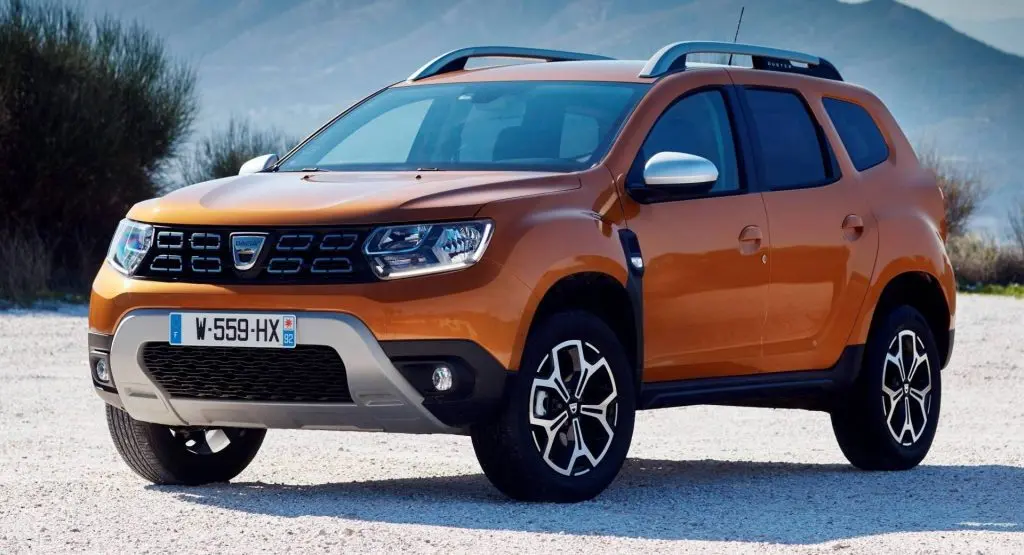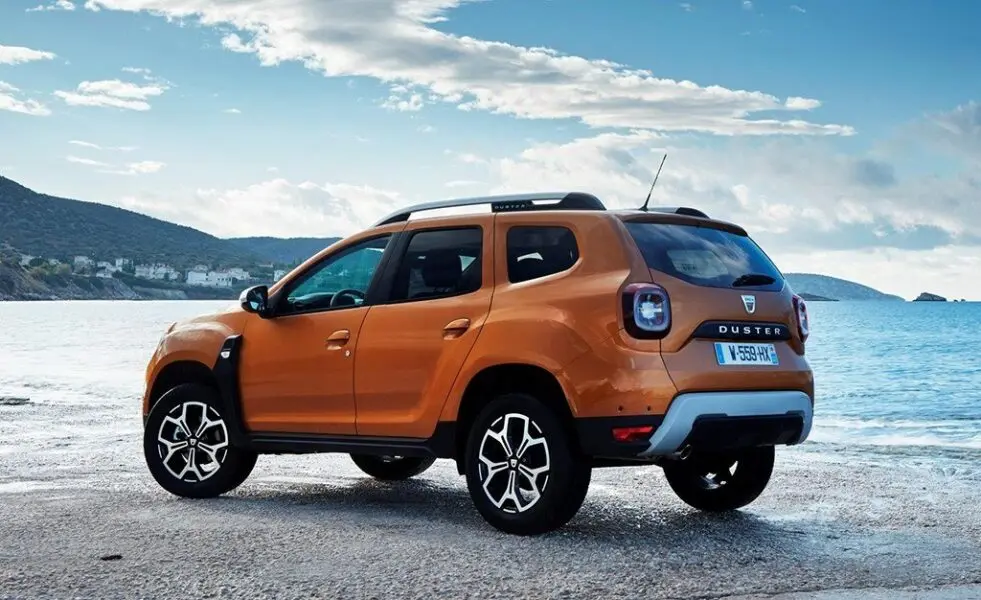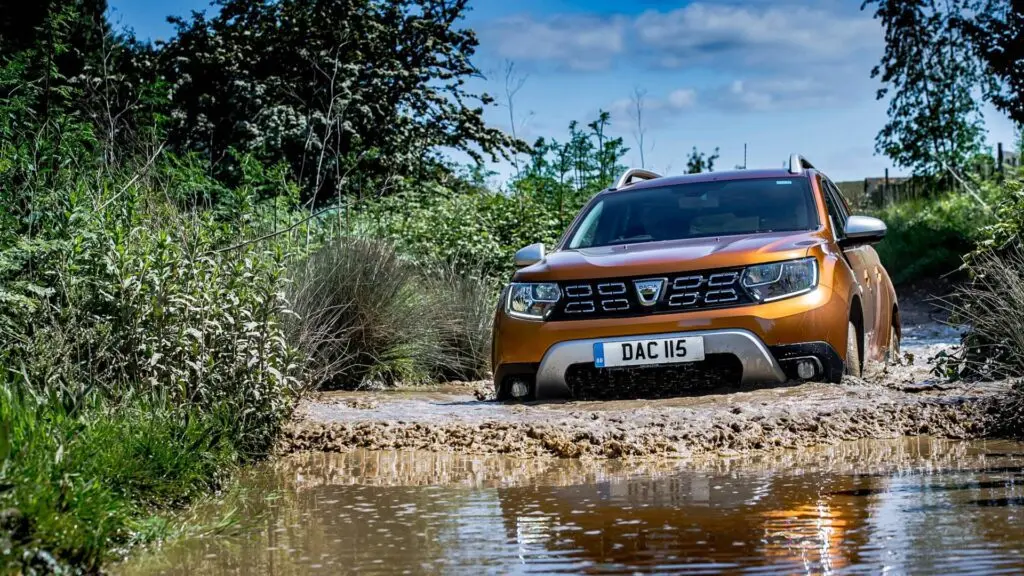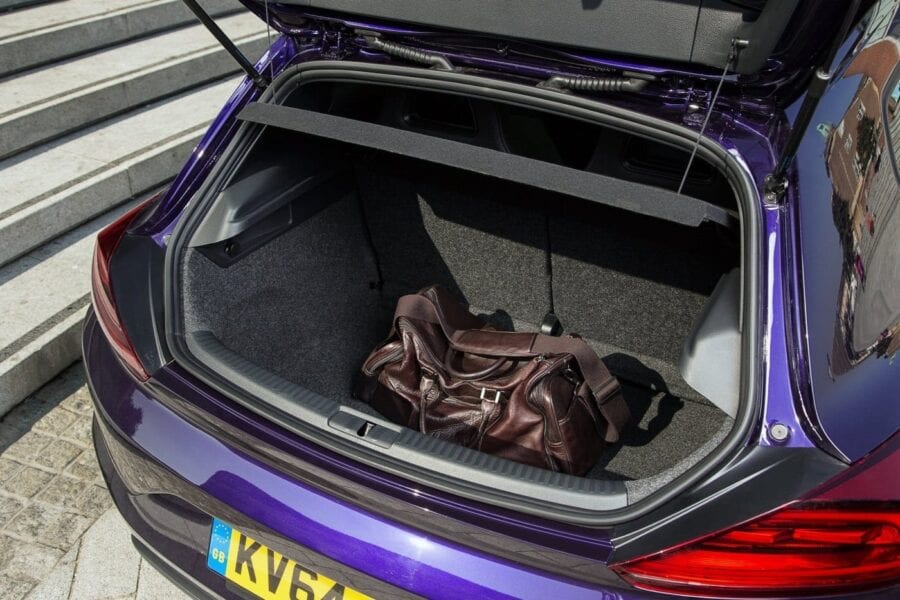
Test drive Dacia Duster Red Line TCe 150: Red line
Content
The next stage of the emancipation of Dacia on the way from the budget to the mass segment
When Renault began mass production of a "modern, reliable and affordable" car in its Romanian plant fifteen years ago, perhaps even the most optimistic of the French company had no idea how successful their idea would be.
From year to year, Dacia models with simple equipment, but with everything necessary for the needs of a wide range of customers, are becoming increasingly successful as the range of the brand grows and today includes a sedan, station wagon, hatchback, minivan, light van and, of course, the inevitable model of today SUV - Duster, which appeared on the market in 2010.

With its robust construction, off-road capabilities (especially in dual transmission versions), low weight and Renault-Nissan engines, the first generation Dacia Duster has proven itself in dozens of markets. We tend to associate a certain amount of neighborly envy, mainly with the plant in Mioveni, Romania, but it is also produced under various names in Brazil, Colombia, Russia, India and Indonesia. So - two million copies in eight years.
Since last year, the second generation of the model has appeared on the market with a more attractive appearance, more security systems and an acceptable level of comfort for the average European consumer.
Initially, the appearance of the model is one of its strengths - the shape of the body suggests even more dynamics than the proposed gasoline and diesel engines can provide. However, significant changes are now taking place in this regard…
Prestigious authority
Concurrently with the debut of the limited edition Red Line, featuring fresh design elements, Dacia is expanding its model range with two 1,3-liter petrol engines, which the French-Japanese concern has jointly developed with its Daimler partners.

The units have a capacity of 130 and 150 hp. and with them, the Duster Red Line becomes the most powerful Dacia production car ever produced. The engines are very modern, with direct injection and central injection, with a special coating on the cylinders Mirror Bore Coating - a technology used in the Nissan GT-R engine.
The high speed turbocharger is water cooled and continues to run even after the engine has stopped. Modern units are equipped with a particulate filter (GPF) and comply with the Euro 6d-Temp emission standard.
Engines of the same family are used in many Renault, Nissan and Mercedes models and associate the representative of Dacia in the SUV class with prestigious and popular vehicles. With small details (such as black side mirror housings with a red line, red accents on the deflectors, door handles, gear lever and seat upholstery), the designers bring a sporty element to the car's exterior to match more power.

The equipment also speaks of an increase in ambitions: the audio-navigation system Media-Nav Evolution with a 7-inch touch screen and (optionally) a map of Central and Eastern Europe, MultiView Camera (four-camera system with two modes of operation, optionally), warning for objects in the "blind »A point away from the car, rear parking sensors and (at an additional cost) keyless entry system, heated front seats and automatic air conditioning. Thus, the memory of the poorly equipped early Dacia models is increasingly becoming a thing of the past.
So far, the new engine is only paired with front-wheel drive (all-wheel drive is expected later this year), but in normal weather and off-road conditions this does not seem to be a disadvantage, even improving linear dynamics at the expense of less weight.

The car overcomes bumps surprisingly comfortably, noise reduction is better than before, and the new engine is not too loud. The manual transmission cannot completely hide the turbo bikes, but the maximum thrust of 250 Nm is available at 1700 rpm.
If, seduced by a lot of power, you try to drive at high speeds in corners on uneven surfaces, you may be surprised by the sudden out-of-corner and tilt of the body. It is much more pleasant to indulge in a calm and smooth sliding on the road, as befits a family SUV model.
Prices for the Duster Red Line with a new petrol engine (150 hp) start at $ 19, the diesel version (600 hp) is about $ 115 more expensive. A test car with the aforementioned extras costs $ 600. Twin drivetrain surcharge is $ 21.
Conclusion
The name Red Line can be taken as an allusion to the border of the red line that separates budget cars from the usual mass ones. With the new engine used in Mercedes models, it's getting easier to overcome this line.
